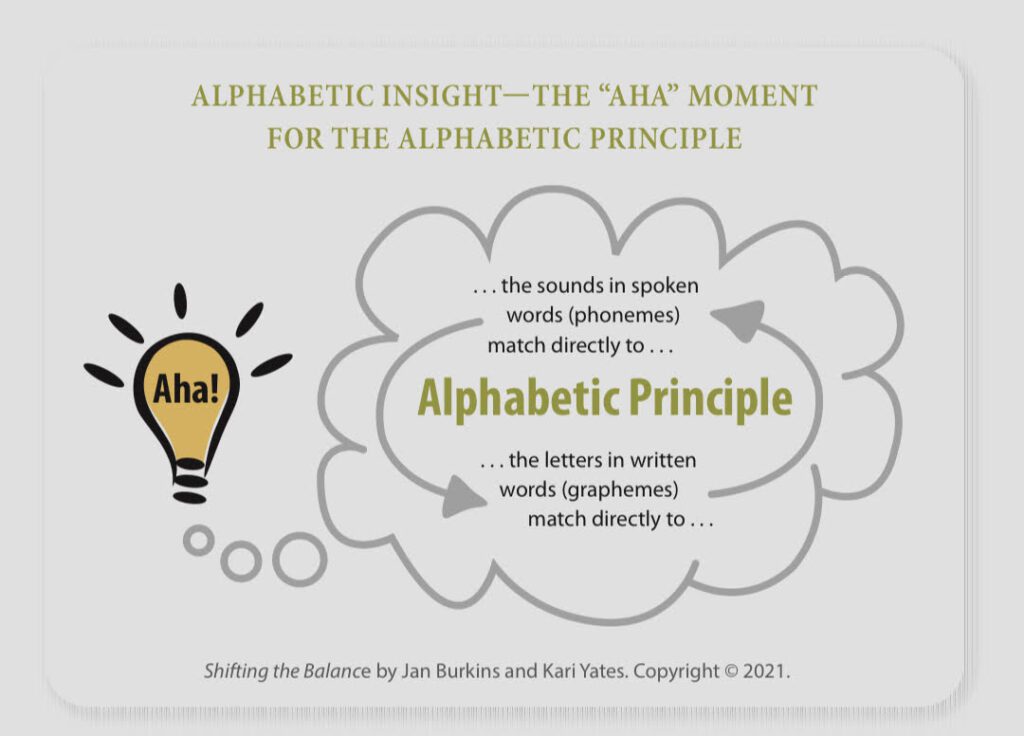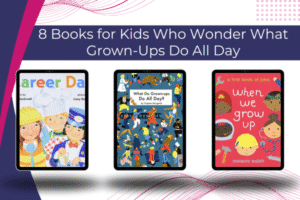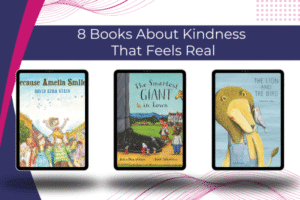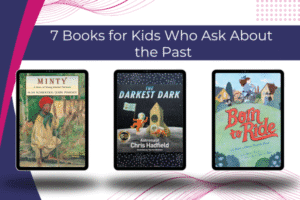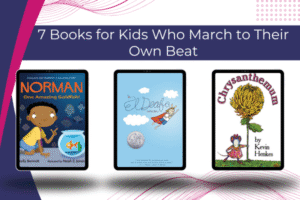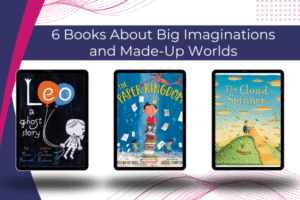Notes from Shifting the Balance: 6 Ways to Bring the Science of Reading into the Balanced Literacy Classroom
Shift 2: Recommitting to Phonemic Awareness Instruction
Misunderstanding 3: Once children know all their letters and sounds, they will be able to read.
Remember that discovery our ancestors made earlier?
It was the connection between the little bits of sound (phonemes) that make up our language and whole words…
Well, in order for children to enter and immerse themselves in the world of reading and writing, they must make the same discovery as our ancestors.
They must have their own light bulb moment when they suddenly understand the following critical truths about our alphabetic system of written language:
- -Every spoken world can be broken apart into phonemes —the tiniest bits of speech.
- -Every written word is made up of specific symbols from our alphabet.
- -Every sound in a spoken word is represented by a letter or combination of letters in a written word and vice versa.
This collective understanding is called the alphabetic principle.
So despite a reader knowing the letter names and their sounds, they are still going to struggle if they don’t have their own ‘aha’ moment.
An intentional focus on helping kids learn to pry spoken words apart and put them back together is critical to inducing this realization and understanding the basic concepts of the alphabetic principle.
In fact, all children who learn to read successfully have phonemic awareness (Blachman 1991..)
Of course, children can learn to read without intentional focus on phonemic awareness, it just might take them a bit longer…
<Read Part 5: What’s the Difference Between Phonics and Phonemic Awareness?
